As a follow-up to the previous blog’s topic on the updated guidelines for the Home Affordable Foreclosure Alternatives (HAFA) program issued by the Treasury Department recently, below is a more comprehensive discussion of what these new guidelines are and how it may affect thousands of homeowners across the country. This is particularly helpful to those who are “underwater” and can give the necessary clarity as to what steps one can do if they owe more than what their properties are worth and have lost a job or is experiencing financial difficulty.
Here are important excerpts from the supplemental directive and the reason for its issuance:
In December 2010, Treasury issued version 3.0 of the Making Home Affordable Program Handbook for Servicers of Non-GSE Mortgages (Handbook), a consolidated resource for guidance related to the MHA Program for mortgage loans that are not owned or guaranteed by Fannie Mae and Freddie Mac (Non-GSE Mortgages).
This Supplemental Directive provides policy enhancements to HAFA and amends and supersedes the notated portions of the Handbook. This Supplemental Directive is effective February 1, 2011; however, servicers may begin to implement the changes outlined in this Supplemental Directive immediately. By February 1, 2011, servicers must make appropriate updates, consistent with investor guidelines, describing the basis on which the servicer will offer HAFA to borrowers (HAFA Policy) and ensure that all potentially eligible borrowers are evaluated and treated consistently.
Servicers that have executed a servicer participation agreement and related documents (SPA) must follow the guidance set forth in this Supplemental Directive. This guidance does not apply to first lien mortgage loans that are owned or guaranteed by Fannie Mae or Freddie Mac, or insured or guaranteed by a federal agency, such as the Federal Housing Administration, Veterans Administration or the Department of Agriculture’s Rural Housing Service.
Here are the highlights of the supplemental directive that would be of benefit to homeowners:
Monthly Gross Income: HAFA no longer requires servicers to determine if the borrowers monthly payment is higher than a 31 percent debt-to-income ratio. Servicers must continue to verify the borrower’s hardship by obtaining a signed Hardship Affidavit or Request for Modification and Affidavit (RMA). Notwithstanding the foregoing, each servicer may include a requirement in its HAFA Policy that borrowers provide updated financial information to evaluate the borrower.
Vacant Property: To be considered for HAFA, the property currently must be or recently must have been the borrower’s principal residence. A property that has been vacant or rented to a non-borrower for not more than 12 months prior to the date of the Short Sale Agreement (SSA), Alternative Request for Approval of Short Sale (Alternative RASS) or DIL agreement (DIL Agreement) is eligible for HAFA, so long as the borrower provides documentation that the property was such borrower’s principal residence prior to relocation and such borrower has not purchased a one- to four-unit property during the 12-month period prior to the date of the SSA, Alternative RASS or DIL Agreement. The borrower’s reason for relocation does not need to be connected to re-employment or transfer of employment. Also, there is no longer a minimum distance requirement. Servicers are not required to verify the number of miles the borrower moved from the property.
Release of Subordinate Liens: HAFA no longer requires second-lien holders to agree to accept 6 percent of the unpaid principal balance owed them, up to $6,000. Servicers now decide who gets paid how much, with a cap still at $6000.
Timing for Issuance of Short Sale Agreement: HAFA now requires borrowers seeking a short sale get an answer/agreement within 30 days. If an unsolicited borrower requests consideration under HAFA, the servicer must evaluate the borrower’s eligibility and, if eligible, complete and send the borrower an SSA no later than 30 calendar days from the date of the borrower’s request.
Timing for Response to Alternative Request for Approval of Short Sale: No later than 30 calendar days from the date of receipt from the borrower of an executed sales contract, Alternative RASS, and a signed Hardship Affidavit or RMA, the servicer must communicate approval or disapproval of the sale or provide a counter offer on the Alternative RASS.:
Real Estate Brokerage Commissions: The real estate commission that may be paid shall be the amount indicated in the listing agreement between the borrower and the listing broker, provided that such commission shall not exceed six percent of the contract sales price. When the servicer has retained a contractor to assist the listing broker with the transaction, the servicer must include a statement in the SSA that any associated vendor fees will not be charged to the borrower or deducted from the real estate commission.
With respect to Alternative RASS transactions, when the servicer has retained a contractor to assist the listing broker with completion of the transaction, the servicer must include a statement in the Alternative RASS form that any associated vendor fees will not be charged to the borrower or deducted from the real estate commission.
Alternative Deed-in-Lieu Programs: DIL Agreements between servicers and borrowers that provide an option for the borrower to continue to occupy the property on a rental basis (deed-for-lease) or provide an opportunity for the borrower to repurchase the property at some future time are also eligible for financial incentives under HAFA, so long as all other program requirements are met. At the discretion of the servicer in accordance with investor guidelines, the borrower relocation incentive may be paid either upon the successful closing of the DIL or at a future time when the borrower vacates or repurchases the property. Servicers offering programs of this type must include program descriptions and conditions in their HAFA Policy.
Conditional DIL agreements that allow a borrower to reinstate the original loan following some period of rental occupancy are not eligible for HAFA incentives unless and until the DIL is final and the borrower no longer has the option of reinstating or modifying the original first mortgage lien.
Borrower Notices: When a borrower who was not previously evaluated for HAMP requests a short sale or DIL, and the servicer determines that the borrower meets the HAMP eligibility requirements and will be solicited for HAFA, the servicer must notify the borrower verbally or in writing of the availability of HAMP and allow the borrower 14 calendar days from the date of the notification to contact the servicer by verbal or written communication and request consideration for HAMP. This Supplemental Directive clarifies that this notification may be given simultaneously with the servicer’s consideration of the borrower for HAFA.
Retroactivity: Servicers are not required to implement the terms of this Supplemental Directive as to any loan that has been reported via the HAMP Reporting Tool or for any loan as to which a borrower has been determined to be ineligible for HAFA. Notwithstanding the foregoing, servicers may re-evaluate borrowers previously determined to be ineligible for HAFA using the guidance in this Supplemental Directive. Each servicer’s HAFA Policy must contain a written policy that describes the basis on which the servicer will re-evaluate such borrowers under HAFA.

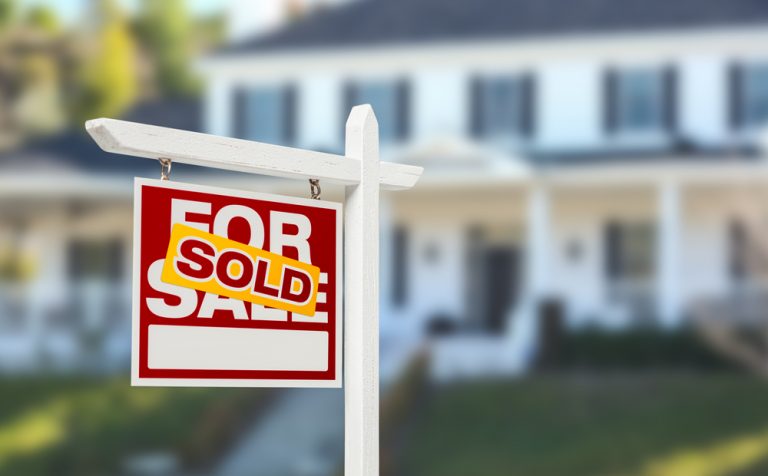


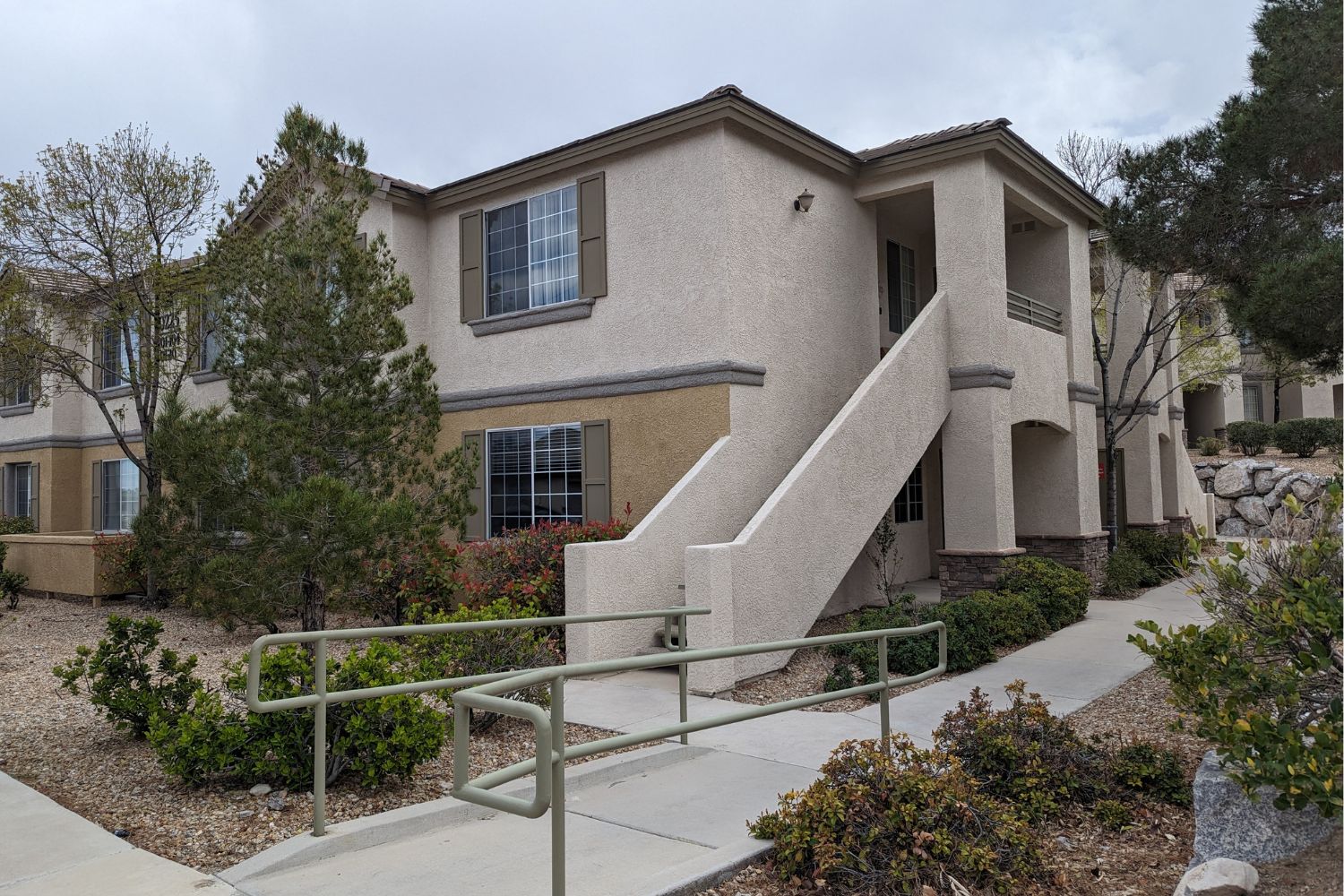

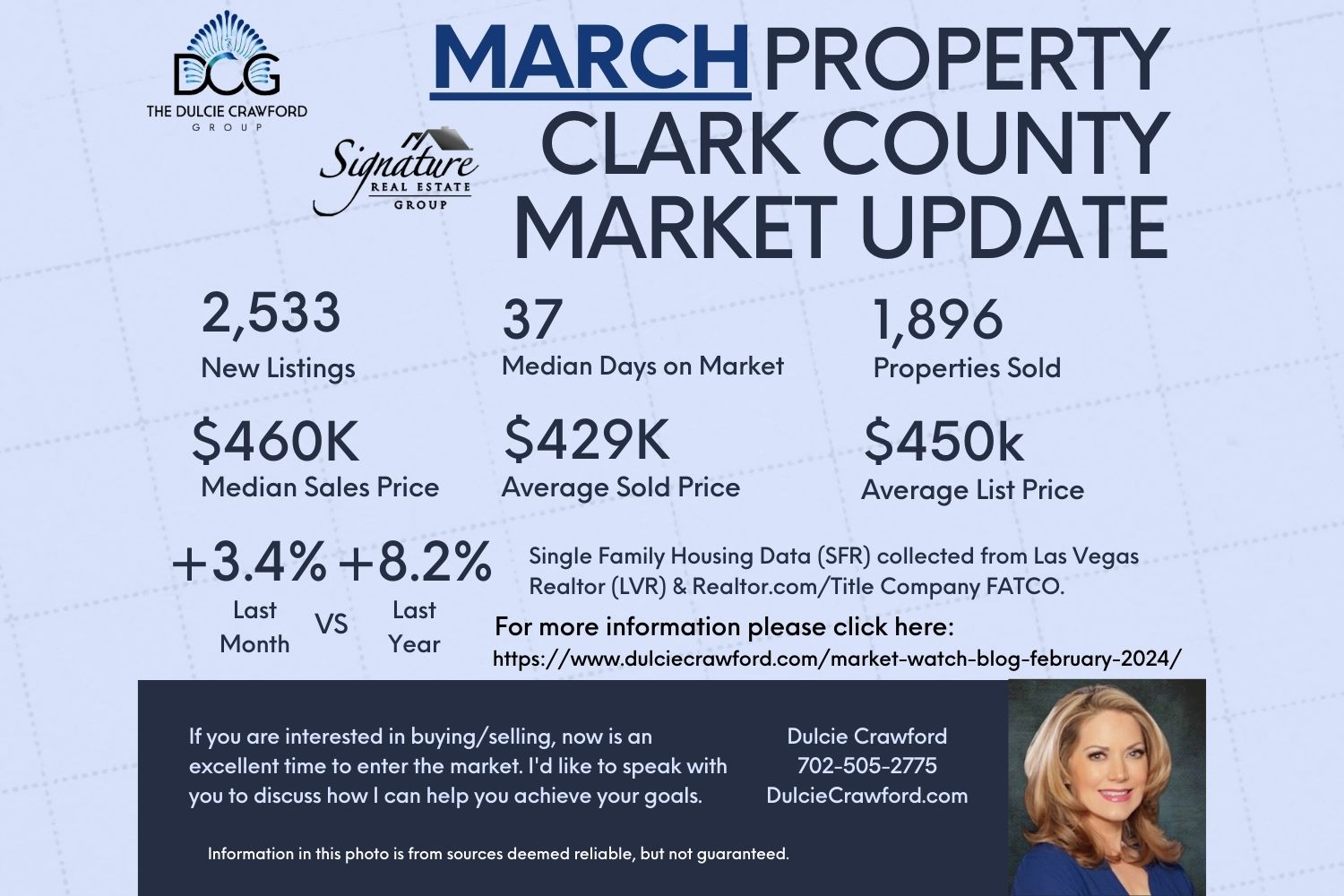


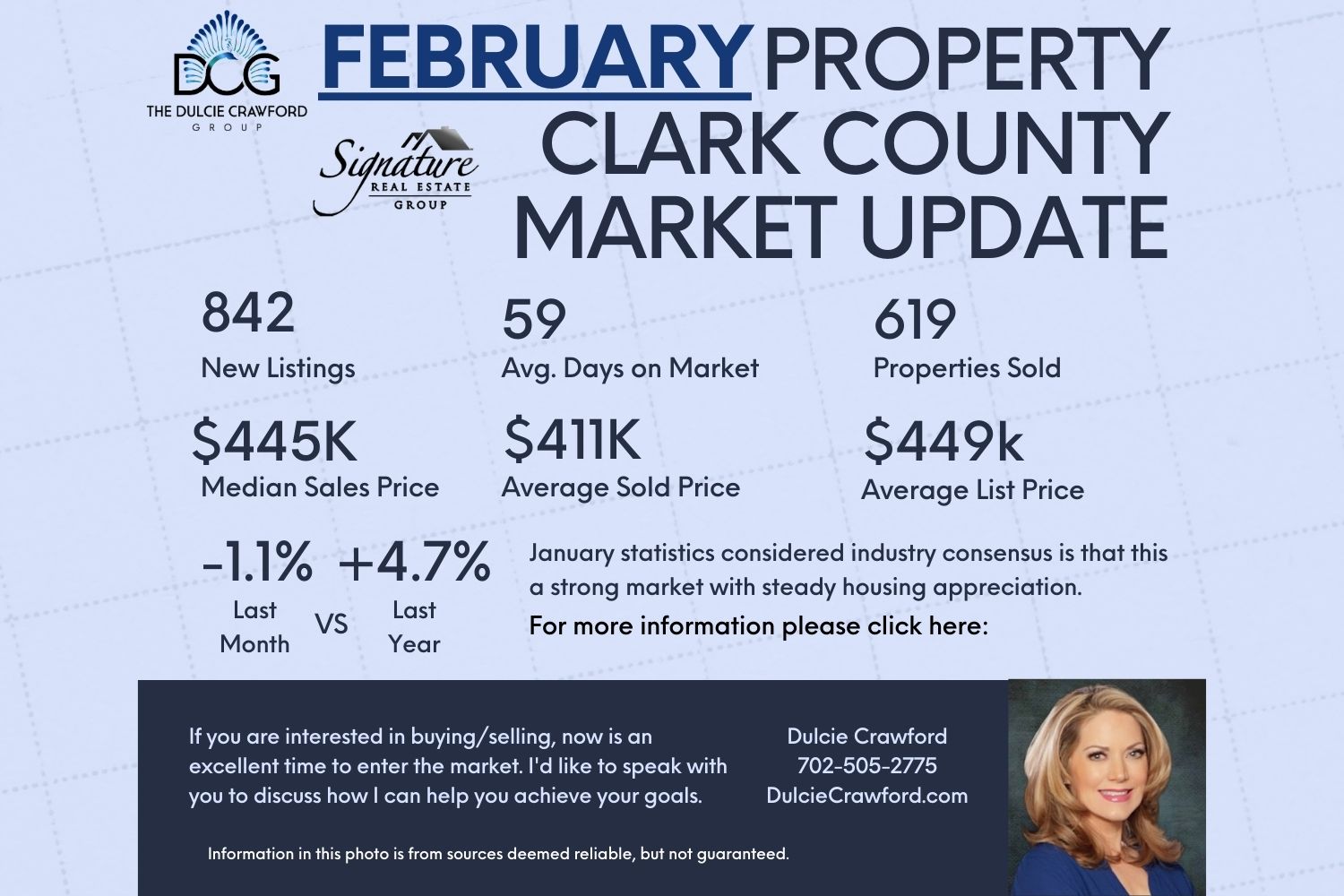
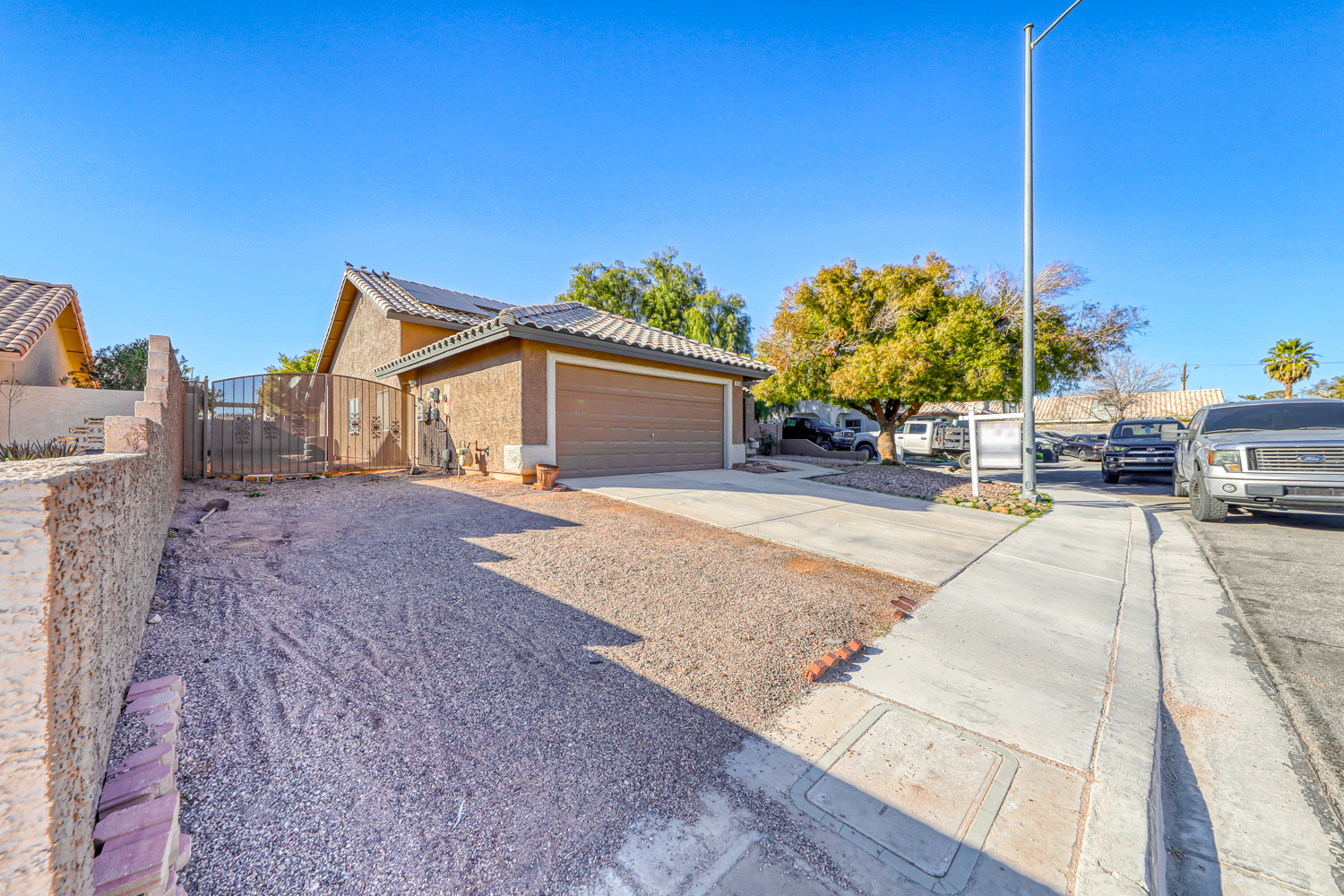




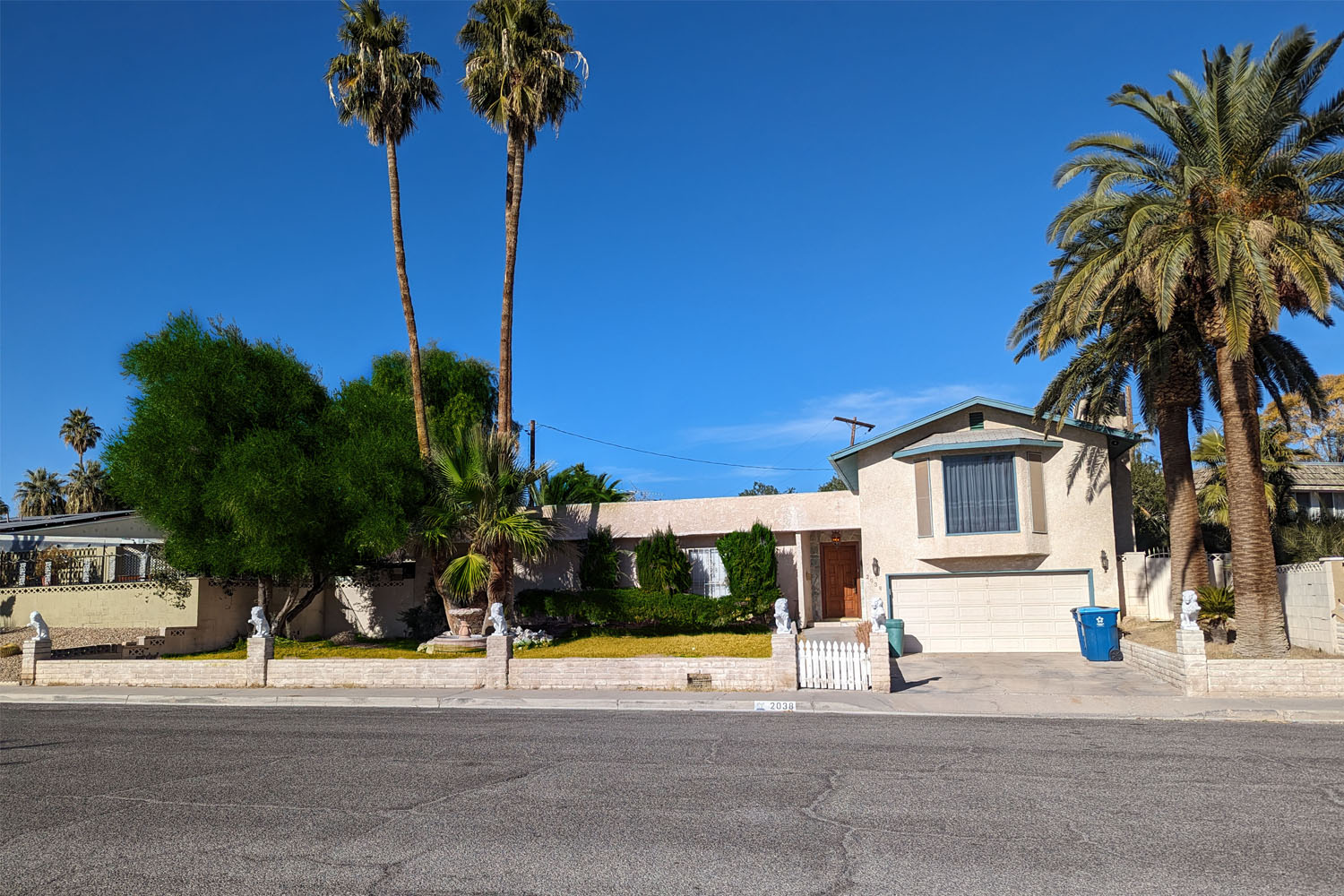


Leave A Comment
You must be logged in to post a comment.